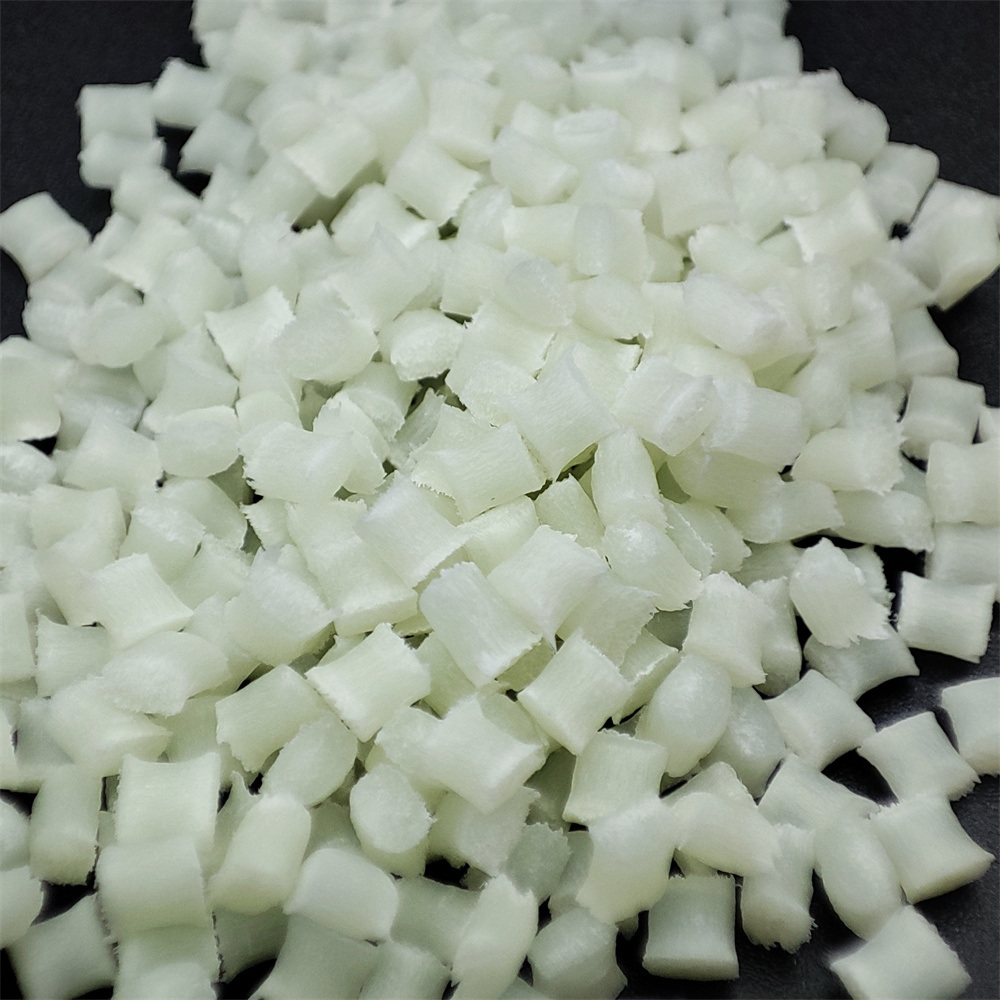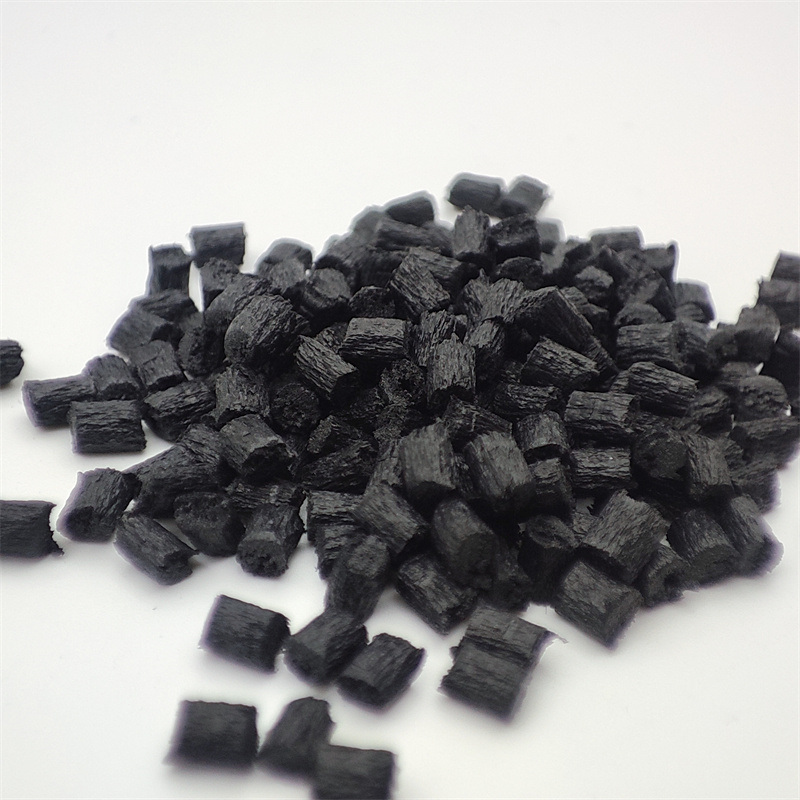News
The Processing Art And Application Scope of Thermal Conductive PA6 Material
PA6 application scope:
Due to its good mechanical strength and stiffness, it is widely used in structural parts. Due to its good wear resistance, it is also used in the manufacture of bearings.
PA6 injection molding process conditions:
Drying treatment: PA6 absorbs water easily, so special attention should be paid to drying before processing. If the material is packed in waterproof packaging, the container should be kept closed.
If the humidity is greater than 0.2%, it is recommended that the humidity be 80%° and dry in hot air above C for 16 hours. If the material is exposed to air for more than 8 hours, it is recommended to vacuum dry at °C for more than 8 hours. Melting temperature: 230-280°C, reinforced type 250-280°°C.
Mold temperature: 80-90℃. Mold temperature will affect the crystallinity and mechanical properties of plastic products. Crystallinity is very important for structural parts, so it is recommended that the mold temperature be 80~90℃. For thin-walled, long-flow plastic parts, higher mold temperatures are also recommended. Increasing mold temperature can increase the strength and stiffness of plastic material parts, but can reduce toughness. If the wall thickness is greater than 3mm, it is recommended to use a 20-40° low temperature mold. For glass reinforced materials, the mold temperature should be above 80° C
Injection pressure: usually between 750-1250bar (depending on material and product design).

PA6 chemical and physical properties:
The chemical and physical properties of PA6 are very similar to PA66, but it has a low melting point and a wide temperature range. Has good impact resistance and solubility.
PA66, but it also absorbs moisture. Since many quality characteristics of plastic parts are affected by hygroscopicity, hygroscopicity must be fully considered when designing products using PA6.
In order to improve the mechanical properties of PA6, various modifiers are often added. Glass is the most common additive. Synthetic rubber, such as EPDM and styrene-butadiene rubber, to improve impact resistance. For products without additives, the shrinkage rate of PA6 is between 1% and 1.5%. Adding glass fiber additives can reduce shrinkage to as low as 0.3% (but shrinkage perpendicular to the process direction is higher). The shrinkage of formed parts is mainly affected by the crystallinity and hygroscopicity of the material.


Related News
- Polycarbonate vs. Acrylic: Choosing the 2025-09-10
- The Engineer's Guide to Plastic Material 2025-09-05
- The Ultimate Guide to Different Types of 2025-08-30
- Comparison of Plastics Materials for In 2025-08-28
- What plastics raw materials is best choi 2025-08-21
Categories
Contact us
Dongguan Forever Co., Ltd.
Contact:Elaine
Mobile:+86 135 39 444 950
Email:[email protected]
Add:No. 85, private road, qiwutang Industrial Zone, Wanjiang District, Dongguan City, Guangdong Province, China
